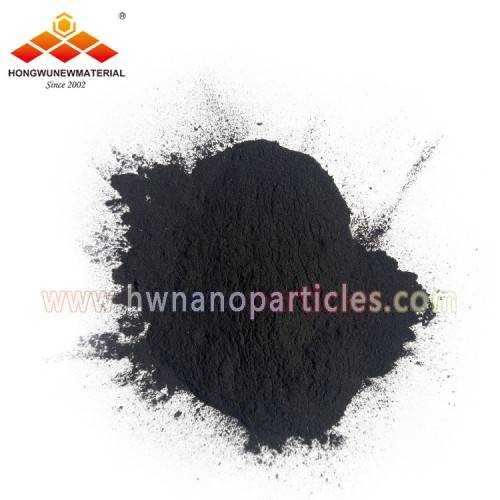“Nature” magazine published a new method developed by the University of Michigan in the United States, inducing electrons to “walk through” in organic materials fullerenes, far beyond the limits previously believed. This study has increased the potential of organic materials for solar cell and semiconductor manufacturing, or will change the game rules of related industries.
Unlike inorganic solar cells, which are widely used today, organic materials can be made into inexpensive flexible carbon-based materials, such as plastics. Manufacturers can mass produce coils of various colors and configurations and laminate them seamlessly to almost any surface. on. However, the poor conductivity of organic materials has hindered the progress of related research. Over the years, poor conductivity of organic matter has been seen as inevitable, but this is not always the case. Recent studies have found that electrons can move a few centimeters in a thin layer of fullerene, which is incredible. In current organic batteries, electrons can only travel hundreds of nanometers or less.
Electrons move from one atom to another, forming a current in a solar cell or electronic component. In inorganic solar cells and other semiconductors, silicon is widely used. Its tightly-bonded atomic network allows electrons to pass through easily. However, organic materials have many loose bonds between individual molecules that trap electrons. This is organic matter. Fatal weaknesses.
However, the latest findings show that it is possible to adjust the conductivity of nano fullerene materials depending on the specific application. The free movement of electrons in organic semiconductors has far-reaching implications. For example, currently, the surface of an organic solar cell must be covered with a conductive electrode to collect electrons from where electrons are generated, but free-moving electrons allow electrons to be collected at a position remote from the electrode. On the other hand, manufacturers can also shrink conductive electrodes into virtually invisible networks, paving the way for the use of transparent cells on windows and other surfaces.
New discoveries have opened up new horizons for designers of organic solar cells and semiconductor devices, and the possibility of remote electronic transmission presents many possibilities for device architecture. It can place solar cells on daily necessities such as building facades or windows, and generate electricity in a cheap and almost invisible manner.
Keywords: fullerene c60, fullerene c60 powder, c60 fullerene, C60, fullerene
Media Contact
Company Name: Guangzhou Hongwu Material Technology Co., Ltd.
Email: Send Email
Phone: 17876573996
Country: China
Website: https://www.hwnanoparticles.com/

